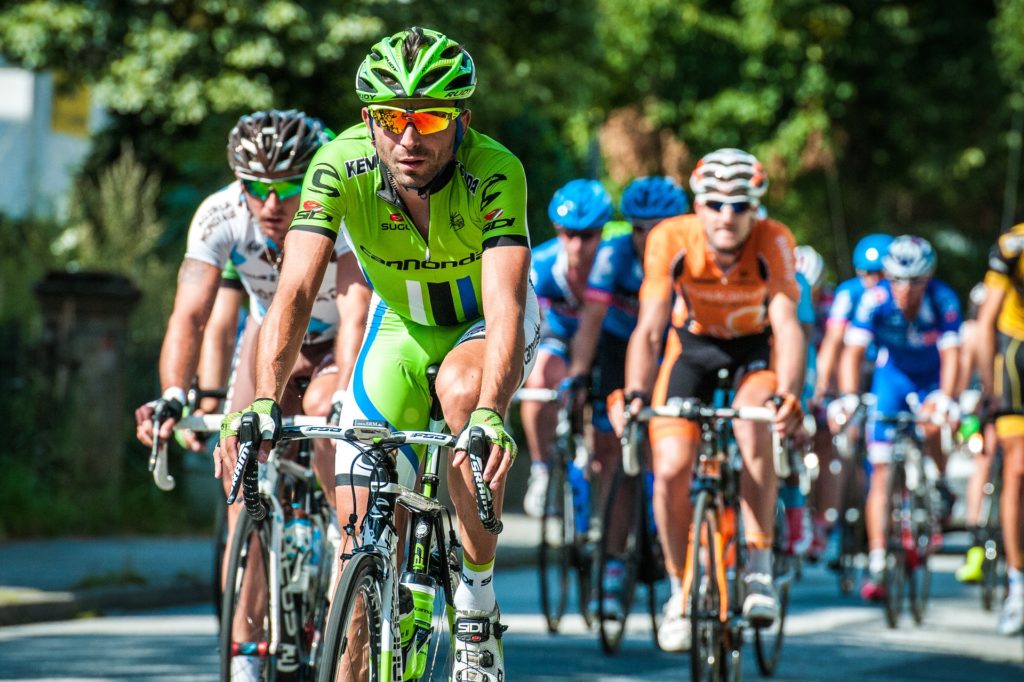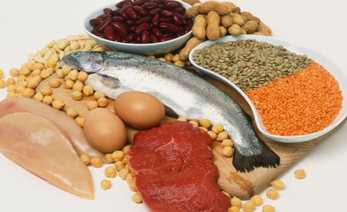FACTS FOR HEALTHY CYCLING

Nutrition For The Cyclist.
Cycling increases your calorific need from the get go! However, that does not mean it is unlimited and should reflect the number of miles cycled per week and lifestyle demands.
Carbohydrate is the cyclist’s main energy source, but care should be taken to consume the correct type of carbohydrate. You need to avoid fast release sugary products prior to a ride as it will cause a peak and trough effects on your energy levels.
More complex, slow release carbohydrates should be consumed, such as: oats; wholegrains; fruit and vegetables. These result in a slower and more steady release of the energy required to enjoy the ride.
Whole grain products also carry other nutrients such as Vitamin B5 responsible for releasing the energy from carbohydrate foods allowing you to utilise it.
You should avoid refined sugar as much as possible as it is just empty calories with no nutritional benefit other than a quick energy fix.
During training or cycling carbohydrate will be required but the amount is quite individual, it is said that you may need 30-60g per hour. There are commercial gels that are often used for this, I have also known sandwiches and bars to be useful at the start of a ride, but as the intensity increases many cyclists revert to gel products and an isotonic drink.
After a ride refuelling by consuming carbohydrate is important, 1g per kg of body weight is recommended as well as some lean protein to repair muscle damage.

Protein is important for recovery for muscle tissue after training, as well as supporting the immune system. It is also said that an equal sized portion of protein is more filling than that of carbohydrate and, so you will stay full for longer. This may be a personal preference. A small amount of protein in each meal can increase your intake and is easier to digest than a large portion. Avoid red meats and look for leaner protein sources as well as nuts, pulses and beans.
Fats should be polyunsaturated, (oils not solid fats) full of omega3 and 6. Saturated fats (solid fat) should be limited. Fats are an essential source of the fat-soluble vitamins A, D, E, and K and so must be included in the diet. We all know excess fat will be stored in the adipose tissue, under the skin, causing weight gain and so we must be careful not to consume excess. Polyunsaturated fats help reduce the bad cholesterol and prevent heart disease. It is thought we should consume 20g polyunsaturated fat per day.
Vitamins come in 2 groups; water soluble (B and C) fat soluble (A, D, E, K). water soluble vitamins must be consumed daily because unlike the fat-soluble group we do not store them in our bodies. This means increasing our fruit and vegetable intake. Bananas are a great source of energy and nutrients, adding berries to breakfast adds anti-oxidants and water-soluble vitamins, essentially Vitamin C, which boosts our immune system and helps reduce symptoms of colds. It is recommended that we have at least 5 portions of fruit/vegetables per day.
It is important to understand what constitutes a portion, for example a small mixed salad is 1 portion; 80g or a handful equates to a portion of any fruit or vegetable, this includes frozen, canned or fresh. 150ml of juice is a portion and only counts once per day; 80g beans or pulses is a portion no matter if you eat more in a day; 30g dried fruit and the fruit and vegetables in cooked dishes also count.
Author – Julie Grey Bsc Hons, PGCE